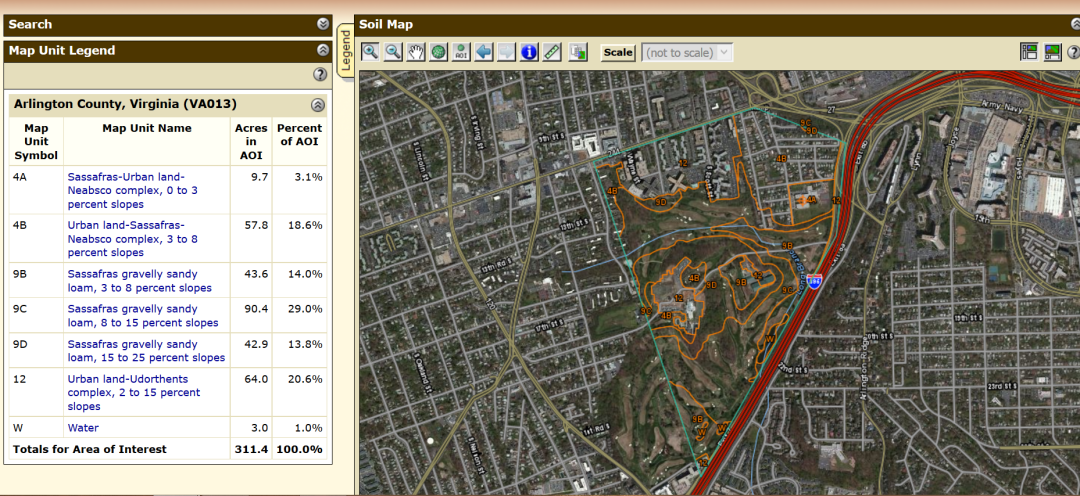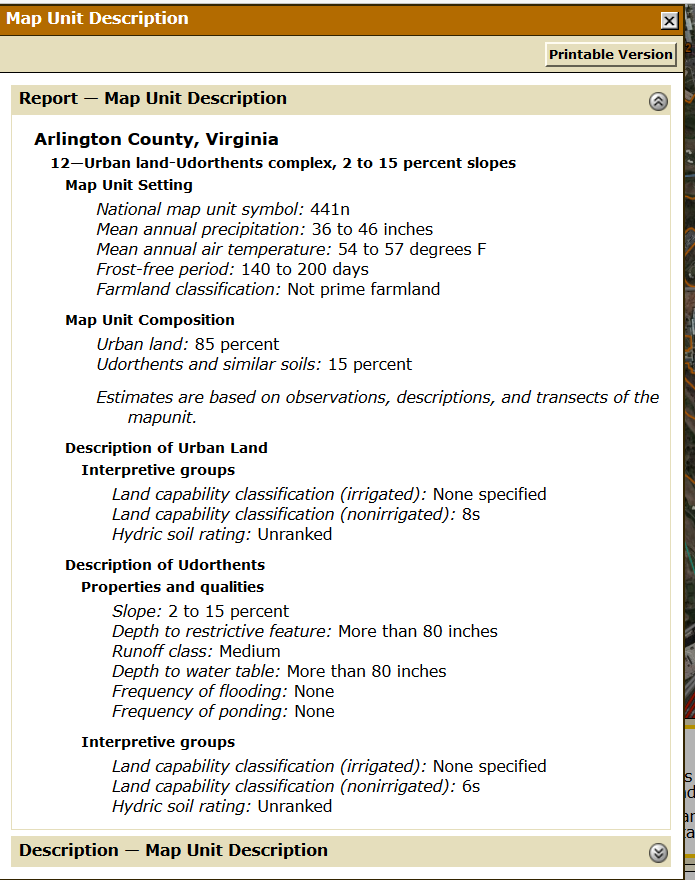Along with plant and animal species diversity, weather and climate play important roles in evaluating an environment. Intense climates with harsher conditions may support less life as organisms struggle to survive. In lush regions with high precipitation, organisms may exist in incredible numbers and diversity.
Weather also plays an important role in determining how people, and specifically youth, experience the outdoor world. If it is extremely hot and humid, the youth experience will understandably be more intense than on a warm, cloudy day. The first step in understanding how climate affects the youth experience is to research climate and weather patterns. To this end, I’ve found the following helpful sources:
Weather Underground
Weather Underground allows you to chart weather patterns over a range. In the link above, I chart temperature, precipitation, and wind patterns over the last two school years.
National Oceanic and Atmospheric Administration
NOAA offers free access to historical data through their Online Climate Data catalog. You simply request which information you’re interested in and they’ll send it straight to your mailbox. For the Hoffman Boston school district, I requested the monthly climate summaries for area code 22202. While this area code does not cover the school district, its border is less than a mile south of the school. The report includes information on temperature and precipitation organized by month for 2014-2017.
Daily Air Quality
NOAA also provides information on the current air quality conditions. While I was unable to locate historical trends (showing quality each month for the past few years, for example), this is a useful tool for evaluating present conditions. Educators and youth-workers could use this tool to schedule environmental programming. By deciding to avoid outdoor programming on days with poor air quality, adults can ensure youth stay safe.

